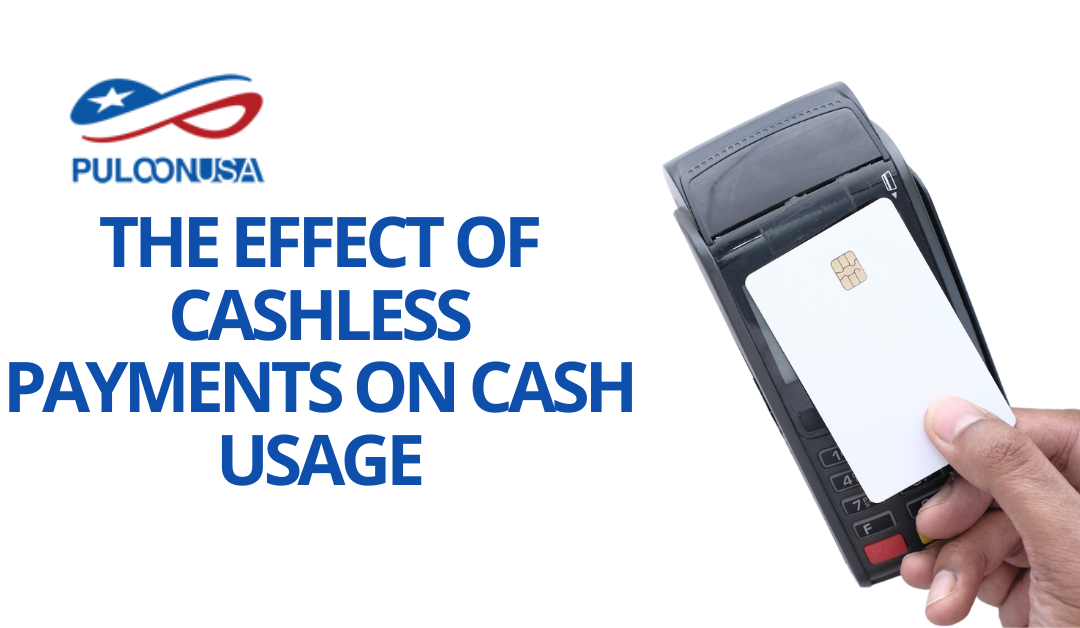One of the greatest concerns in the ATM world is whether the increase in cashless payments will have a positive or negative impact on the usage of cash.
In December 2020, Marie-Hélène Felt of the Bank of Canada published a paper titled, “Losing Contact: The Impact of Contactless Payments on Cash Usage.” The paper investigates the relationship between Canadians’ usage of contactless credit cards (CTCs) and the impact on ‘cash share’ in the overall payments landscape.
CTCs were introduced in Canada in 2006. In her paper, Felt writes, “The diffusion of CTCs among cardholders happened gradually, in conjunction with the replacement of previous magnetic stripe cards with chip credit cards over the 2007- 2015 period. Concurrent to these developments on the consumer side was the gradual deployment of contactless payment terminals at merchants, driving the increased acceptance of contactless payments.”

Source: https://www.bankofcanada.ca/wp-content/uploads/2020/12/swp2020-56.pdf
The paper showed that Canadian CTC users were typically employed homeowners with families. Households who used CTCs overall used cash about 10% less than non-CTC-using households. Non-CTC-using households typically used cash for 31% of transactions or 22% by value.

“Notes: Cash shares in volume correspond to the relative number of transactions paid in cash. Cash shares in value correspond to the relative dollar value of transactions paid in cash.”
Source: https://www.bankofcanada.ca/wp-content/uploads/2020/12/swp2020-56.pdf
The author concluded, “although the estimates are not very stable over time, there is clear evidence that CTC use negatively influences the intensive margin of cash usage but not its extensive margin.” This means that at the starting point of this study, CTC users and non-CTC users had different viewpoints toward cash, rendering the impact of contactless payments differently between those two groups.
Felt also warns that while her findings are in line with previous findings in Canada, that “further research is required to unfold which displacement effects are actually taking place between cash, conventional payment cards and contactless payments. For example, Brown et al. (2020) show that access to contactless debit cards increases the overall use of debit cards, especially for small-value payments, but leave cash usage almost unaffected.”

